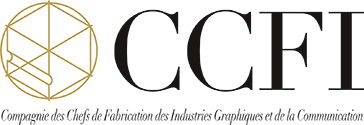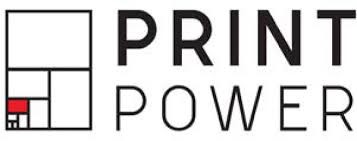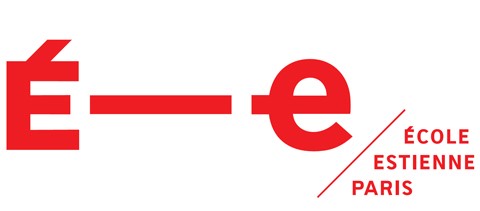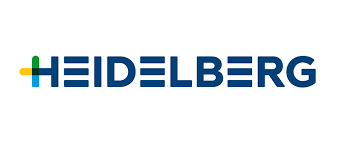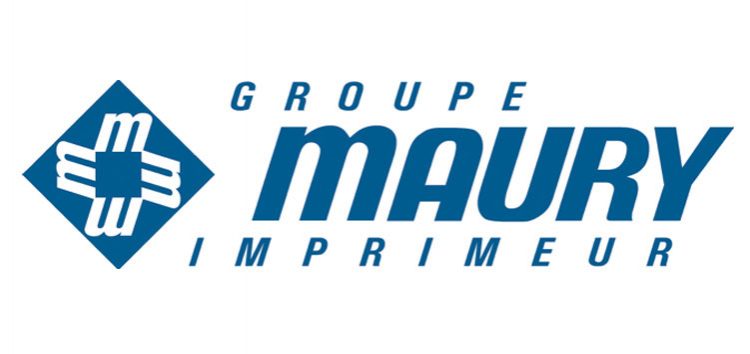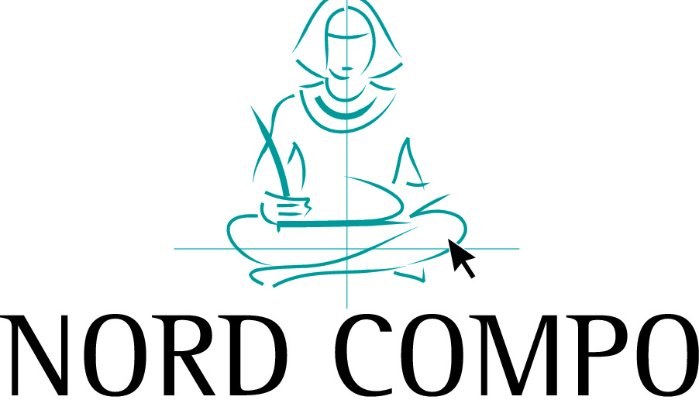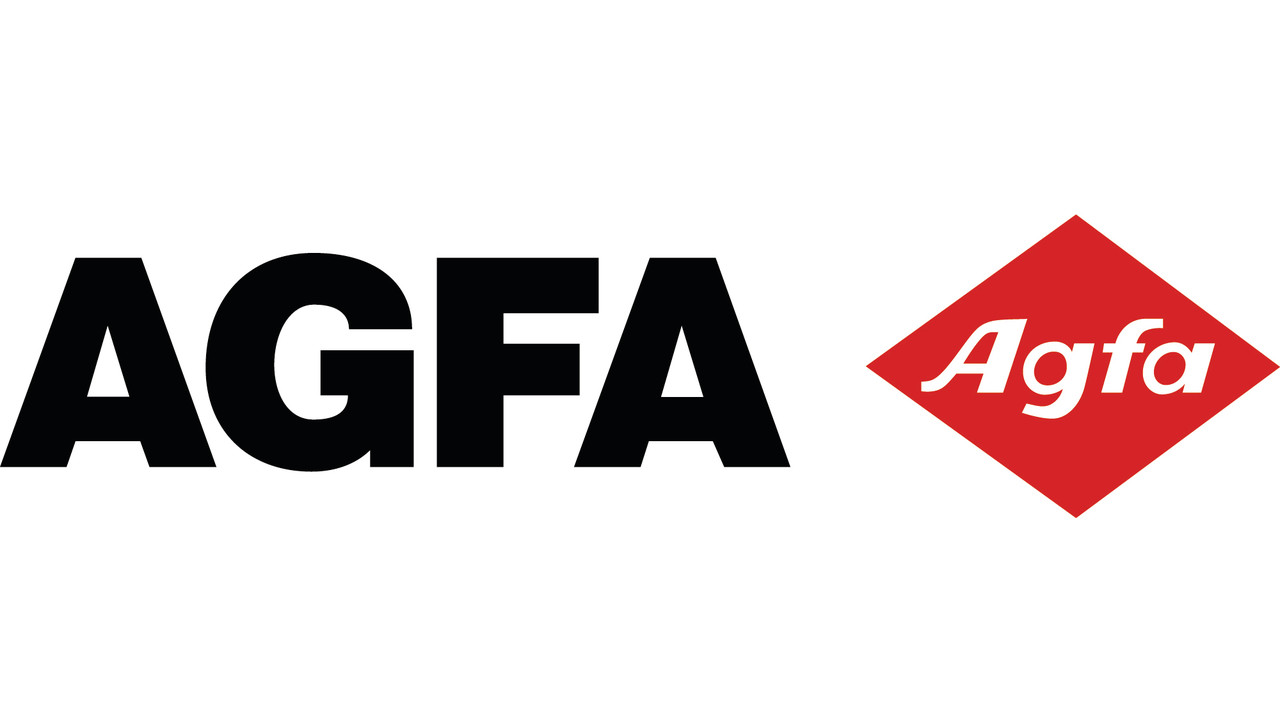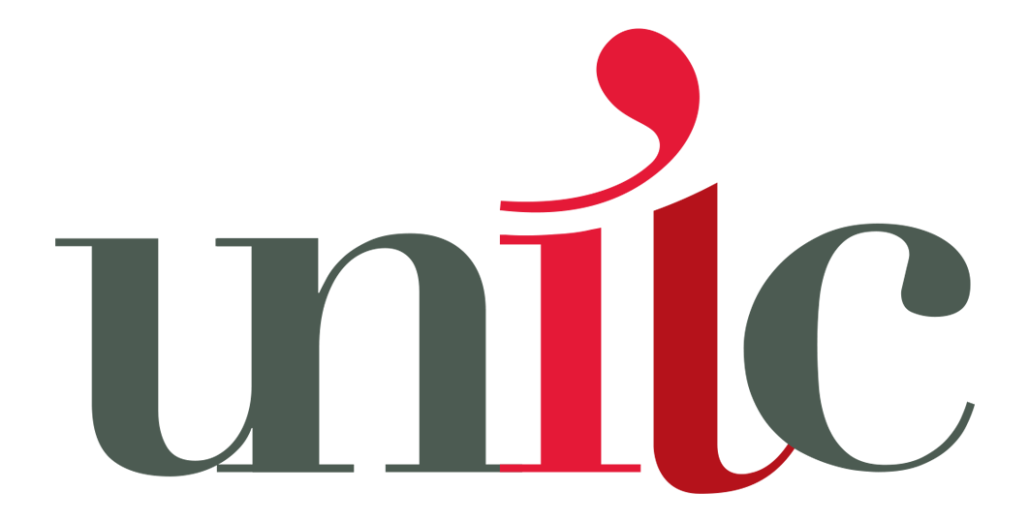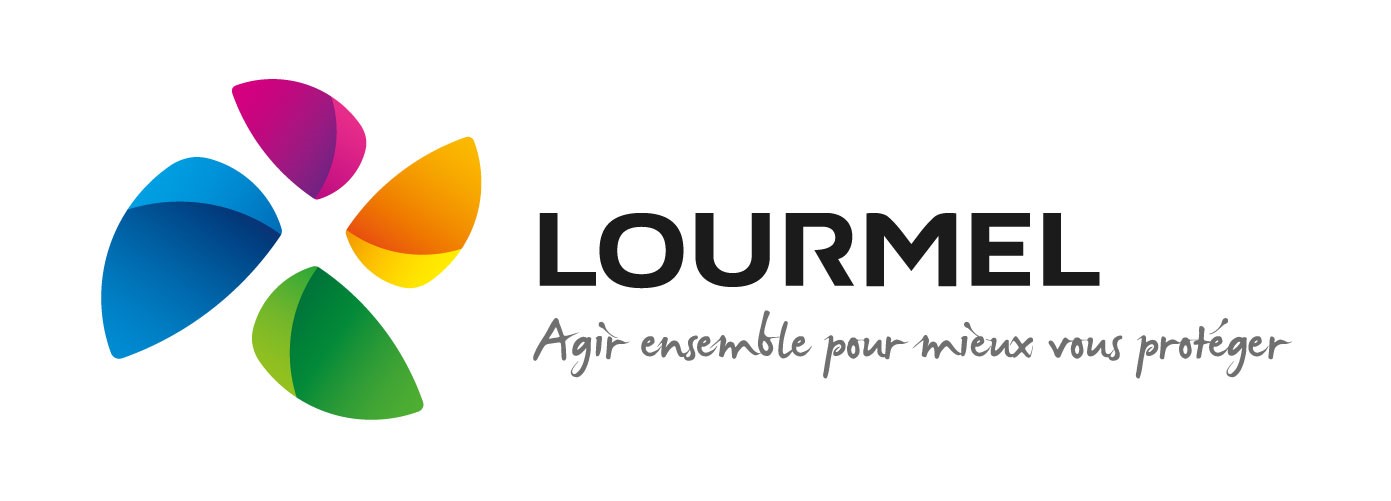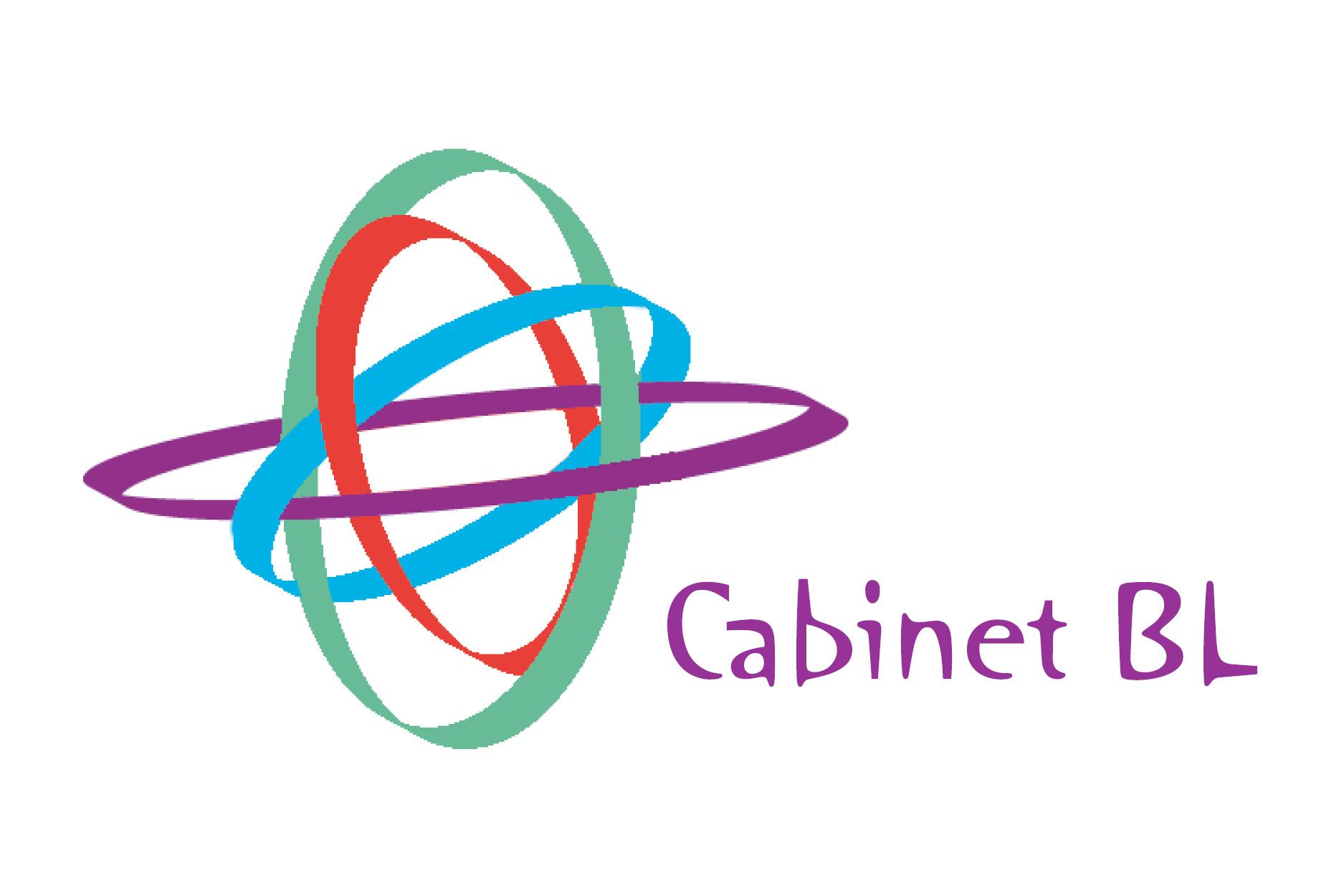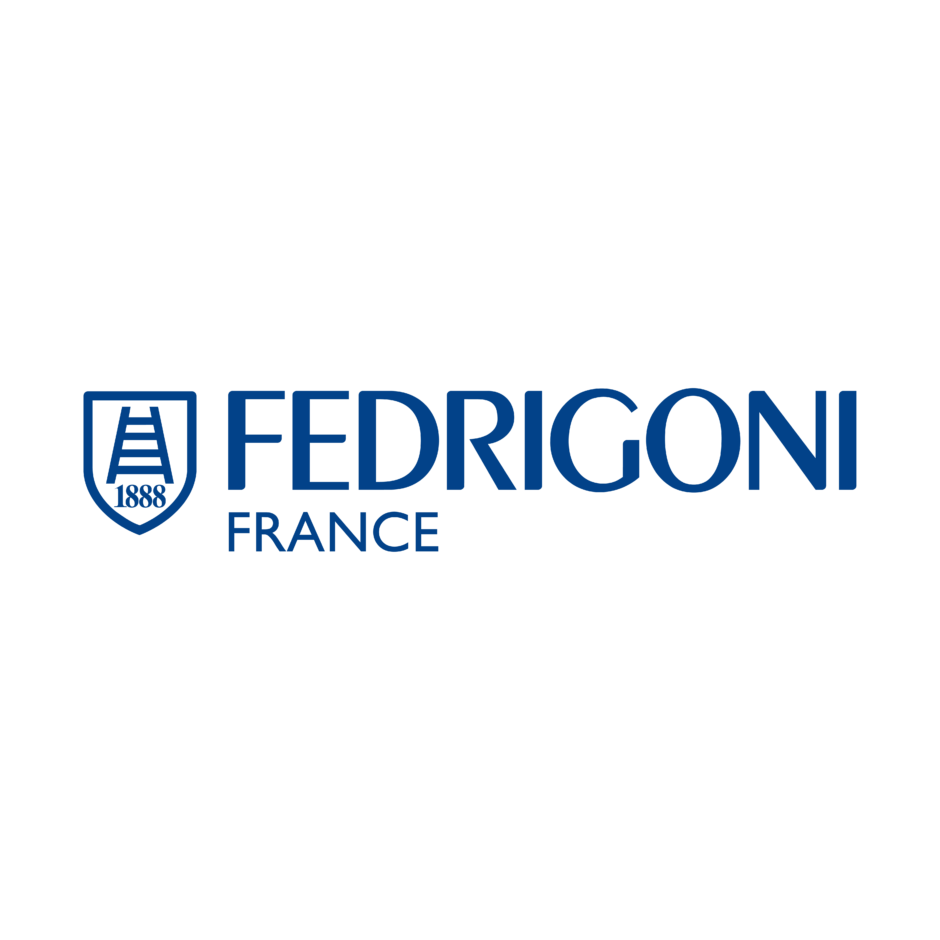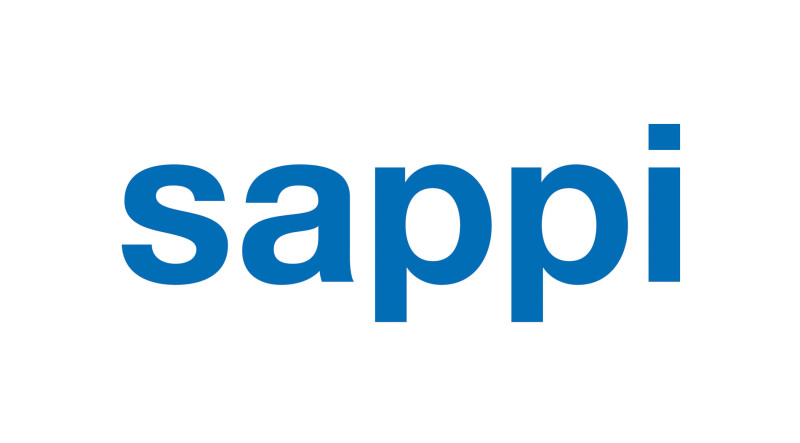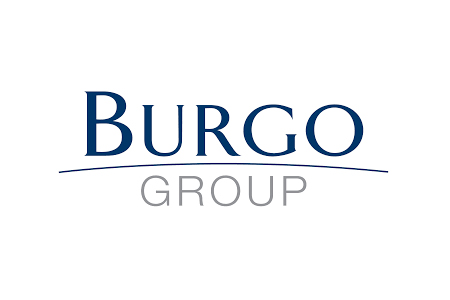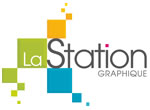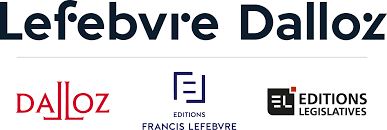Why print media?
Here, we reflect on the evolution of the media landscape – and seven reasons why print media should form part of the marketing mix
In a world of unfounded biases, questionable metrics and marketing jargon, we’re all searching for media that makes a measurable impact. But an evolving, expanding and increasingly fragmented landscape is making it difficult for agencies and brands to decipher how print media figures into the mix.
Amid all the digital furore, you can understand why print might appear to have taken a backseat, what with legacy publishers laying off staff, newsbrands losing ad revenue and social becoming de rigueur for marketers.
But the point is, print continues to be an effective, trusted, cutting-edge complement to your campaign –one that delivers actual results.
We explore why print media deserves a place in the marketing mix – from advertising in newspapers and magazines, to direct mail (DM), customer magazines, door drops and catalogues.
- ROI
Unfortunately, marketers’ perceptions about which channels are most effective rarely align with reality. The truth, rather, is that print – notably magazines, newspapers and DM – is consistently underestimated by marketers, who prefer, it seems, less effective alternatives.
But for those who are willing to cut through the “bullshit of the death of print media”, as Mark Ritson memorably put it, there’s no question that traditional media such as print boost ROI and command attention.
‘Planning for Profit’, a study by Benchmarketing in 2018, proves there is opportunity for advertisers to optimise their spend on newsbrands. And in fact, increasing newspapers’ share of spend could more than double current campaign profit ROI. By ignoring this fact, brands stand to miss out on £3bn in profits.
Newspaper ads, we’re told, also increase campaign ROI by as much as 570%, while more than one in five direct mail items prompt a commercial action, and magazine ads generate £2.43 for every £1 invested. The statistics making the case for print media effectiveness are legion.
- Creativity
Smart marketers are tapping into technologies such as photochromic inks, printed circuits and specially engineered stocks to unlock new creative opportunities in print – and deliver a more engaging experience.
Increasingly, we’re seeing brands harness the power of the tangible to create an impact, make an emotional connection and improve recall. Some are toying with print conventions and challenging our associations with traditional media – creating interactions that feel fresh and authentic.
Marketing and advertising, after all, is about big ideas. And there’s no shortage of those in the print media space. Look no further than the 2018 Cannes Lions International Festival of Creativity, which saw some truly innovative print campaigns awarded top honours.
- Integration
In the words of effectiveness guru Peter Field, “we are being over-hyped and over-sold on a uniquely digital future. We need to get real and take a more evidence-based view of what really drives effectiveness.”
On the whole, marketing campaigns are most effective when print is used as one element of an integrated approach. Research shows that adding print to the media mix increases campaign ROI and engenders greater trust than would otherwise be the case.
Just look at the results from the IPA’s ‘Marketing Effectiveness in the Digital Era’ report, which concludes that adding press or DM to the marketing mix boosts effectiveness by 15% and 10% respectively.
- Trust
“Trust is an ambiguous concept, not easily defined by a single metric and rich in meaning and interpretation,” according to Magnetic’s A Matter of Trust report.
Edelman’s 2018 Trust Barometer clearly states that consumer trust in advertising has reached an all-time low. And as consumers grow increasingly mistrustful of marketing messages, not least those on social media, exponents would do well to explore alternative, more trustworthy channels – traditional or otherwise.
Despite the ubiquity of online platforms, print media is the most trusted environment for advertisers. One that’s relevant, reliable and authoritative. Meanwhile, digital’s copybook has been blotted by fake news scandals and created a contextual headache for brands.
Let’s consider, for a moment, the levels of trust accorded to print newsbrands versus online. Where three-quarters of people trust news obtained from local newspapers, barely one in five trust social media. Even the print versions of national newspapers are more highly trusted than the equivalent websites, according to Kantar.
Levels of trust in traditional news overall remain strong at 58%, while printed magazines top the pile at 72%. And for as long as publishers produce high-quality journalism under a strict code of ethics, print is unlikely to be tarnished by the fake news stamp we’ve seen applied to social media.
The fact Facebook was forced to apologise for a “breach of trust” in 2018’s Cambridge Analytica scandal is telling. But more telling still is the fact that the apology was delivered in – you guessed it – a print format.
- Targeting
The media landscape can be a noisy, crowded place, particularly online, where we’re bombarded with ads from every direction. Print media, on the other hand, represents a relative calm amid the maelstrom, and catches consumers at their most attentive.
Unlike banner ads, newspaper and magazine advertising reaches consumers in a moment they have set aside for reading. Studies show newspaper ads are viewed for 2.5 times longer than the average digital ad, suggesting readers are more receptive when engaging with print.
Direct mail, meanwhile, accesses people’s homes and lives to deliver a targeted sales message, while door drop has enviable reach and ROI.
Modern digital presses also offer advertising professionals the ability to print entire publications based on the profile and requirements of their consumers. Or even to integrate digital content in a mass-produced publication.
- Measurement
Shallow, often deceptive metrics are the bane of the digital marketing industry. Likes, clicks and impressions are fine for racking up the zeros, but say little about marketing effectiveness.
That said, Peter Field concedes online has an edge when it comes to short-term effects. But over the longer term, things like fame, power and the authority of a brand are greatly enhanced by print, he says.
Some experts believe the focus on quick returns is hurting marketing effectiveness, particularly when measuring long-term return on investment, brand equity and readership satisfaction. Enders asserts that, “in effect we believe that a nuanced, analogue tool has been replaced by a too-simplistic digital tool with unverified consequences for many brands”.
The likes of PAMCo, however, mean planners now have access to de-deduplicated reach and frequency across publishing platforms. And in 2018, JICMAIL became the first standardised currency for advertising mail, making a convincing case for the power of mail in the marketing mix.
- Engagement
In a media landscape saturated with content, we’re beginning to see the pendulum swing back towards those channels that command the most attention.
Take, for example, the resurgence of customer magazines: digital giants Airbnb, Facebook, Kodak and Net-a-Porter have all released their own printed offerings to complement their online products and services.
And then there’s the new breed of niche, independent magazine publishers, which have plugged into their audience’s passion points in a way brands rarely succeed in doing.
Print readerships are declining – that’s obviously true. But research proves print media – and magazine and newspaper brands in particular – nevertheless have a knack for cutting through the noise, creating deeper engagements and speaking to a more discerning mind.
Studies also show that people are more likely to talk about, share and comment on print newspapers (46%) than they are social media messages (44%).
If marketers are to truly understand the effectiveness of advertising mediums – and see the bigger picture – they would do well to consider what the evidence unerringly points to: that print media has a unique ability to create awareness, hold attention, drive commercial actions, engender trust and build long-term brand loyalty.
Lire : Print Power du 6 février
